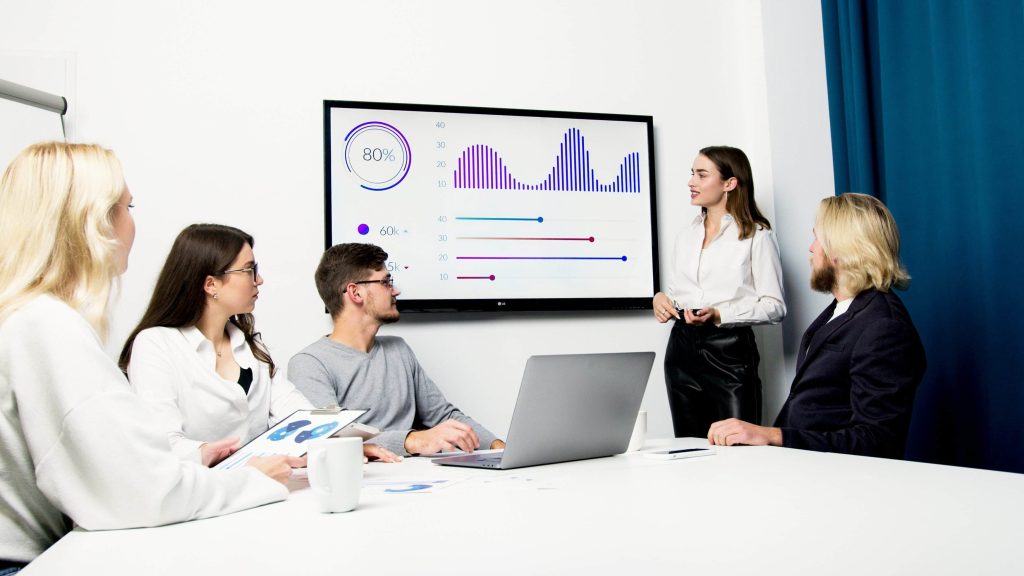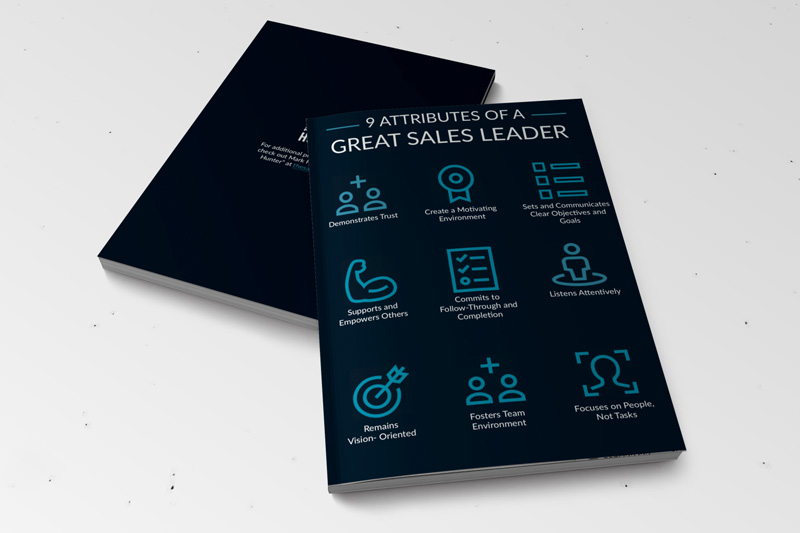Prospecting is not about selling. It’s an outcome game.
A big reason salespeople struggle with prospecting is because they’re too busy selling the product. People don’t want to buy products. They want to buy solutions —they’re looking for outcomes.
1. Know your outcomes—all of them.
Be very active in looking at your current customer list— what are the outcomes they achieve?
How did your product or service benefit them? Write all of those outcomes down because that’s what you’re selling. You’re not selling your product. This is going to change your mindset.
Remember, if you have the ability to help someone, it’s your obligation to reach out to them.
2. Build an FAQ for each outcome.
This is your playbook. Because for each outcome, I want to have a frequently asked question.
What are the types of questions that I need to ask for them to reveal that’s the outcome they’re looking for?
In contrast, what types of questions will my customer have once we’ve identified their desired outcome?
The FAQ also includes information you want to share. For example, “Hey, here’s how other customers I’ve sold to have been able to make this work.”
3. Build questions to go deep.
But Mark, I’m in the prospecting phase. Actually, the faster I go deep with my questions, the more engaged the customer’s going to be, and the better the outcome is that I’m going to find.
I can’t take surface answers. I’ve got to go deep. When somebody says something, even on a prospecting call, I want to ask them a follow-up question on it. More information from the customer gets us both closer to their desired outcome.
Watch my latest podcast episode on Suspects or Prospects to learn how to qualify fast and early. Or find it (Ep. 71) wherever you listen to podcasts.
4. The outcome is customer controlled.
It’s not for you to determine what the customer’s outcome is. The customer will tell you.
Don’t assume anything. This can be where prospecting goes awry, because we think we know what the outcome is, so then we start steering the conversation down a mistaken path.
You have to allow the customer to say what the outcome is and then you build on it. This is why you have the FAQ. This is why you ask questions that go deep. However, I want to make sure that they fully understand it first.
Read these 6 Things Customers Need Before They Buy.
5. Stay ICP focused.
If they throw out an outcome, but it’s an outcome and a customer in an industry you’ve never dealt with, you’re not going to know how to run with it.
For that reason, you need to stay very ICP (Ideal Customer Profile) focused. When I stay in my lane with my ICP, it allows my outcomes to line up better, and it’s going to allow me to be a more sophisticated, intelligent salesperson to help guide the customer through it. Being ICP focused helps me become a subject matter expert.
Workshop your own ICP(s) in my Ideal Customer Profile masterclass, available now.
6. Outcomes vary by position.
The frontline person who is actually going to use the piece of equipment is going to have a different outcome than, say, the production manager or the CFO. Understand that outcomes are going to vary by the position, and be prepared for those variances.
Go back to knowing your outcomes, all of them, and building that FAQ. This is so key, because when I hear different things, I need to know how to respond. Of course, people in different positions are going to see things differently.
7. Know the ROI.
Remember, nobody buys anything just for the sake of buying something. Every purchase they make is an investment and they’re looking for a return.
In other words, if this outcome is going to help you reduce labor or help you achieve this goal, how do I begin to think about that from an ROI?
Knowing the ROI helps me gain more confidence in what I’m selling, and helps me to position my solution to fit your needs.
8. Tie to the calendar.
People have a lot of outcomes they’re looking for, but unless they’re urgent, they’re just not going to run with it.
The more I can create (real, not fake) urgency, the better off I am. Customers today are only dealing with their number one or number two priorities. Even in my own company, we have a lot of things we want to work on, but we’re focused on our top one or two priorities.
9. Link to customer priorities.
This is why I’ve got to do enough investigating, asking questions, because I’ve got to understand: where does this fall in their list of priorities?
I have this happen all the time where customers aren’t ready to pull the trigger. They aren’t ready to buy because the priority is further down on their list.
10. Sell the outcome.
The product or service that you’re selling is just a medium to help the customer achieve the outcome. Stay 100% focused on the outcome.
Curious which episodes made our Top 10 List?
Our very special anniversary episode is out now!
Stream anywhere you listen to podcasts.
ChatGPT will replace people…if they’re not using AI.
We welcome Ford Saeks to Thursday’s episode for an awesome conversation.
Subscribe today so you never miss a thing!
It’s time for Part II!
This workshop will focus on customer interaction, and I’ll show you how top performers interact with customers. We’ll go step by step to study how top performers make it happen.
Copyright 2023, Mark Hunter “The Sales Hunter” Sales Motivation Blog. Mark Hunter is the author of A Mind for Sales and High-Profit Prospecting: Powerful Strategies to Find the Best Leads and Drive Breakthrough Sales Results.















